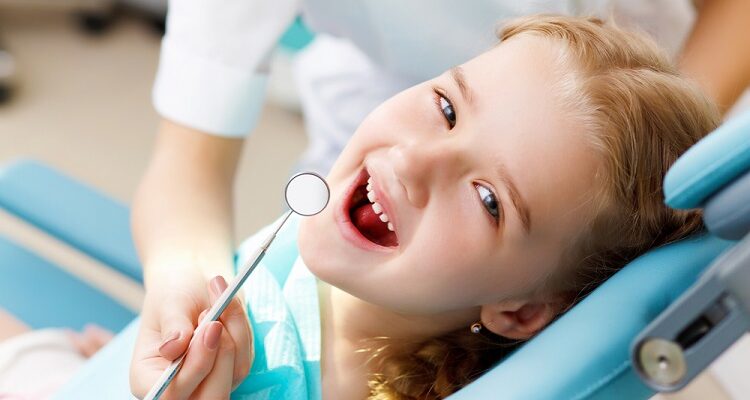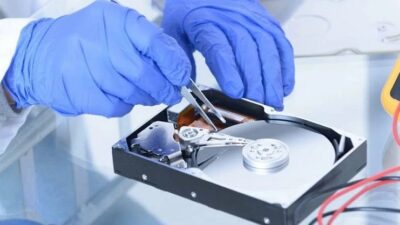Regular dental checkups are essential for maintaining good oral health, but your responsibility doesn’t end when you leave the dentist’s chair. Taking care of your teeth between dentist visits is crucial for preventing cavities, gum disease, and other oral health issues. In this article, we will discuss some practical advice to help you keep a healthy smile.
Table of Contents
1. Brushing your gums and teeth properly
If you brush those teeth two times a day, this is what good oral hygiene is based on. Use a soft-bristled toothbrush and fluoride toothpaste to effectively remove plaque and bacteria. Make sure to brush for about three minutes, using up and down movements to cover all your teeth and gum surfaces. Don’t forget to brush your tongue, as this can help remove bacteria and freshen your breath.
2. Use dental floss every single day
Flossing will get rid of plaque and bits of food stuck in your teeth, where your toothbrush can’t reach. Make it a habit to floss once at night time before bed. Use a gentle sawing motion to slide the floss between your teeth, curving it around each tooth as you go. If you find flossing difficult, try using a water flosser or interdental brushes.
3. Use mouthwash
Using a mouthwash with fluoride can help strengthen your tooth enamel and reduce your risk of cavities. Swish the mouthwash around your mouth for 30 seconds, then spit it out. Avoid eating or drinking for 30 minutes after using mouthwash to allow the fluoride to fully penetrate your teeth.
4. Limit acidic and sugary foods
Frequent consumption of acidic and sugary foods can lead to decaying teeth. Curtail your consumption of sweets, soft drinks, fruit juices, and other sugary treats. Instead, opt for a balanced diet rich in fruits, vegetables, whole grains, and lean proteins to promote overall oral health.
5. Drink water
Water throughout the day can help remove bits of food and neutralize acids that can erode tooth enamel. Water also helps maintain a healthy flow of saliva, which is essential for neutralizing acids and keeping your mouth clean.
6. Don’t smoke
Smoking not only stains your teeth but also increases your risk of disease of the gums which contributes to cancer of the mouth. If you smoke, consider quitting or seeking support from a healthcare professional to help you quit.
7. Chew gum that’s sugar free
Chewing gum after meals can help activate the production of saliva, which helps neutralize acids and wash away food particles. Look for gum with the ADA Seal of Acceptance, which indicates it has been tested for safety and effectiveness.
8. Change your toothbrush all the time
Toothbrush bristles wear down over time, becoming less effective at removing plaque. Change it every two or four months, or sooner if the bristles become frayed.
9. Schedule regular dental checkups
While taking care of your teeth at home is essential, regular dental visits are still necessary for maintaining good health of the oral area. Most dentists recommend checkups and cleanings every six months, but your dentist may suggest more frequent visits depending on your individual needs.
Maintaining a healthy smile between dental visits is vital for overall oral health. By following these tips, you can reduce your chance of cavities and gum disease, keeping your teeth and gums in great condition. Remember, a healthy smile is a beautiful smile!







Comments